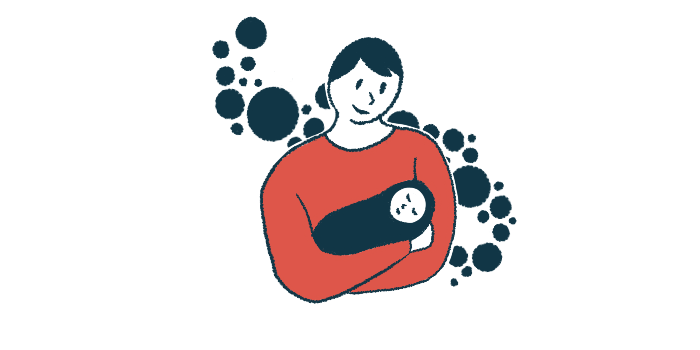Global survey reveals challenges of caring for newly diagnosed children
Most caregivers change physicians within 4 years of Dravet diagnosis
Written by |

Most children with Dravet syndrome receive their diagnosis before they are a year old, and about seven months from the onset of their symptoms, according to a global survey of new caregivers.
Additionally, an overwhelming majority of caregivers change physicians within the first four years, mainly due to a lack of clinical expertise.
The survey was developed by biopharmaceutical company UCB and the Dravet Syndrome Foundation to better understand the early experiences and challenges faced by caregivers. Findings were recently presented in Canada at the 52nd annual meeting of the Child Neurology Society.
The foundation’s international Family Network distributed the survey to 352 people, with 73 responding, who are caregivers for Dravet patients younger than 4. The survey included 27 multiple-choice questions and nine open-text questions.
Dravet is a type of epilepsy characterized by episodes of prolonged seizures that begin in the first year of life.
“Within the Rare and Complex Epilepsies patient community, there is a significant contribution to identifying unmet needs and developing tailored solutions to support families coping with the diagnosis,” UCB states on a webpage about the survey. “UCB recently collaborated with the Dravet foundation to investigate the unique challenges faced by caregivers when recently or newly diagnosed.”
Caregivers felt overwhelmed by diagnosis, finding right healthcare team
The survey found some caregivers felt overwhelmed by the diagnosis, and that a primary challenge was finding the right healthcare team. In results the UCB found surprising, 71% of families switched specialists within four years of diagnosis. Of them, 51% did so due to insufficient clinical expertise in epilepsy, which is marked by seizures, and 20% cited trust issues caused by situations such as “insufficient follow-up care” and “poor rapport.”
The questionnaire also revealed a general need among caregivers to learn more about non-seizure Dravet symptoms including behavioral issues, intellectual disability, and sleep disorders.
Further, upon receiving a Dravet diagnosis, 82% of caregivers turn to online resources for information, while 81% contact advocacy organizations, 68% connect with support groups, and 64% look to healthcare providers.
UCB said progress has been made in recent years on the diagnosis front, with 71% of children receiving a Dravet diagnosis before their first birthday, with an average time of seven months from symptom onset to diagnosis, the survey found. Every respondent reported that diagnosis was confirmed by genetic testing.
29% of children diagnosed ‘considerably later’ than seizure onset
However, 29% of children were diagnosed between 13 to 34 months of age, “considerably later” than the onset of seizures, according to UCB.
“Recognizing this delay, the ‘International consensus on the diagnosis and management of Dravet syndrome’ underscores that ‘expedient diagnosis is critical to avoid contraindicated therapies that may exacerbate seizures and negatively impact development.’ Ultimately, an accurate diagnosis can be beneficial at any age, not only guiding treatment choices but also connecting families to networks of support,” UCB states.
The company said patient groups such as the Dravet Syndrome Foundation play a pivotal role in providing understandable resources about the disease and diagnosis, and in fostering supportive communities.
“Healthcare providers should continue to enhance their understanding of the diagnosis and improve family well-being,” UCB notes. “Together we have the power to make a difference in the lives of individuals and families living through their diagnosis and care journey.”








